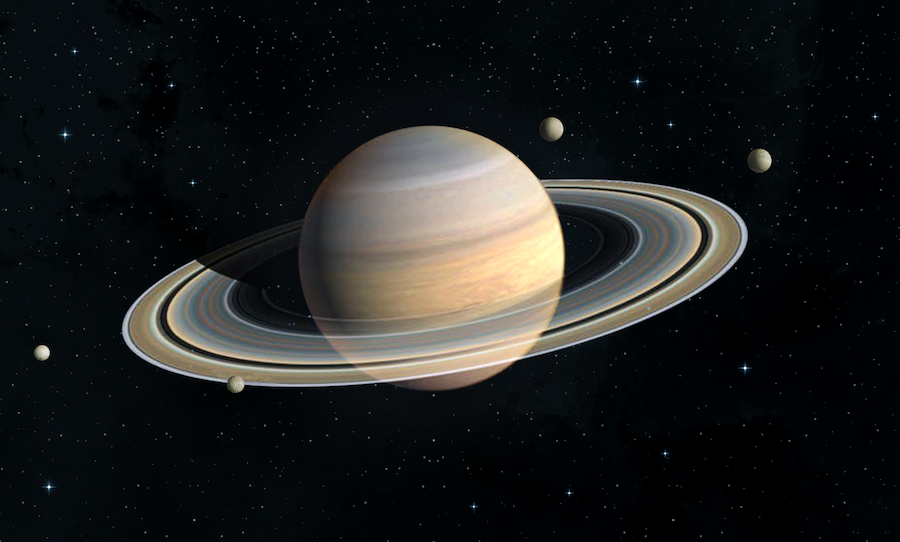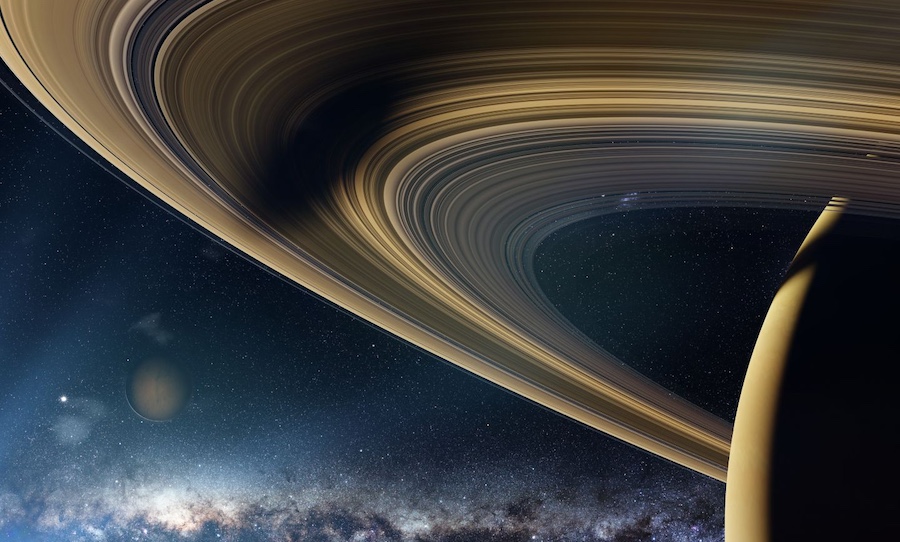Scientists say a celestial “rain” is steadily washing away one of the solar system’s most iconic features.
A cosmic clock is ticking on one of our solar system’s most breathtaking sights: the magnificent rings of Saturn.
Currently, from our earthly vantage point, the rings appear nearly invisible as they tilt edge-on to us during Saturn’s equinox, a temporary celestial alignment that occurs every 13-15 years.

Yet this brief disappearance is a small preview of a far more permanent farewell.
Scientists now believe these iconic rings are a transient feature, not a permanent fixture.
They are astonishingly thin, stretching wider than Earth’s diameter but often no thicker than a two-story building. This delicate structure makes them vulnerable.
A constant “ring rain,” driven by Saturn’s magnetic field and solar radiation, is pulling icy particles down into the planet’s atmosphere at a staggering rate, enough to fill an Olympic-sized pool every half-hour.
While the rings will swing back into glorious view in the coming years, their long-term fate is sealed.
Estimates suggest that within 100 to 300 million years, this relentless downpour will erode the innermost rings into oblivion, leaving behind only faint echoes of their current glory.
So, while we have a front-row seat to their splendour now, future generations may gaze upon a ringless giant, a reminder of the dynamic and ever-changing nature of our cosmos.



